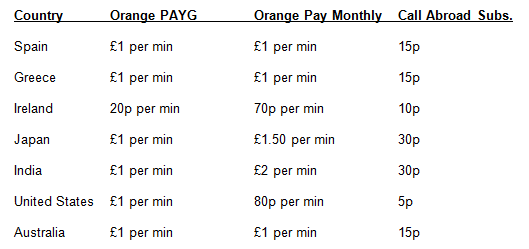Table of Contents
How Much Do International Calls Cost Per Minute?
There are a number of different factors that affect how much international calls cost per minute. Some carriers have a different basic rate for international calls than others. For example, the cost of making a call to China without using a plan is more than $5 per minute. Others may have a different basic rate for mobile calls, and even mobile calls may have an additional charge for international calls.
Pay-as-you-go calling plans:
Pay-as-you-go calling packages are an affordable way to make international calls. These packages come with a prepaid account and include unlimited calls to landlines and mobiles in over 70 countries. Additionally, you can set the plan to automatically top up when you run out of credits.
RingCentral offers several international calling packages for businesses. The MVP Unlimited plan is ideal for companies with heavy international calling needs. This plan provides unlimited international calls at a low monthly rate and is available in more than 100 countries. This plan is not free and requires a minimum of 250 users. In addition, it offers international calling in 16 languages. This plan may be prohibitively expensive for small businesses, but for larger companies, it can provide significant savings.
Ting has a global plan that gives you unlimited calls to over 60 countries. It also offers free calls to Canada and Mexico. This plan also includes text messaging and data usage. The only caveat is that you may need an international SIM card to use data.
Long-distance rates:
When making international calls, you need to know how much to expect to pay per minute. The rates may vary by country and continent. You can also use an internet calling app like Skype to make calls overseas. However, it’s important to know that you’ll be charged extra for calls made to countries that are not included in your plan.
There are a few different ways to calculate the cost of international calls. Depending on the country and the provider, voice calls can cost $0.99 to $2.99 per minute. You may also be able to find a service that offers unlimited international calling for a fixed monthly fee. But even these plans may have restrictions and limitations.

If you want to call other countries, you must have an international number. These numbers will allow you to receive calls from a variety of countries, requiring you to learn different dialing procedures. While you can make international calls through your business phone, you may want to consider switching to a different provider if you make international calls frequently.
Local rates:
There are several options when it comes to calling abroad. If you don’t want to pay high rates for international calls, you can use an internet app like Skype. However, there are some important factors to consider before making your choice. Here are a few tips to help you choose the right plan for you.
FUSF fee:
If you’re an international caller, you may be worried about the FUSF fee on your phone bill. This surcharge was established by the Federal Communications Commission to assist rural providers, low-income consumers, and eligible schools. However, many observers say that the surcharge is unsustainable and needs to be reformed. The rise in the FUSF rate may be enough to spur change. However, it’s also important to understand that it’s not the only factor affecting international calls.
While telecommunications companies must comply with the regulations, they should also understand that there are no exemptions for this fee. In fact, some telecommunications companies may need assistance with Form 499A reporting and determining the appropriate strategic allocation of revenue related to FUSF. In such cases, a Moss Adams professional can provide guidance.
Conclusion:
All telecommunications service providers, including Voice over Internet Protocol providers, are required to pay the FUSF fee. This contribution is calculated on quarterly FCC Form 499Q and reported on annual Form 499A. Service providers can choose to pass the fee on to their customers, but this is not required. During 2018, telecommunications providers’ contributions varied from 17.9% to 25.0%. If you’re wondering whether the FUSF fee applies to you, visit the FCC website to find out.








